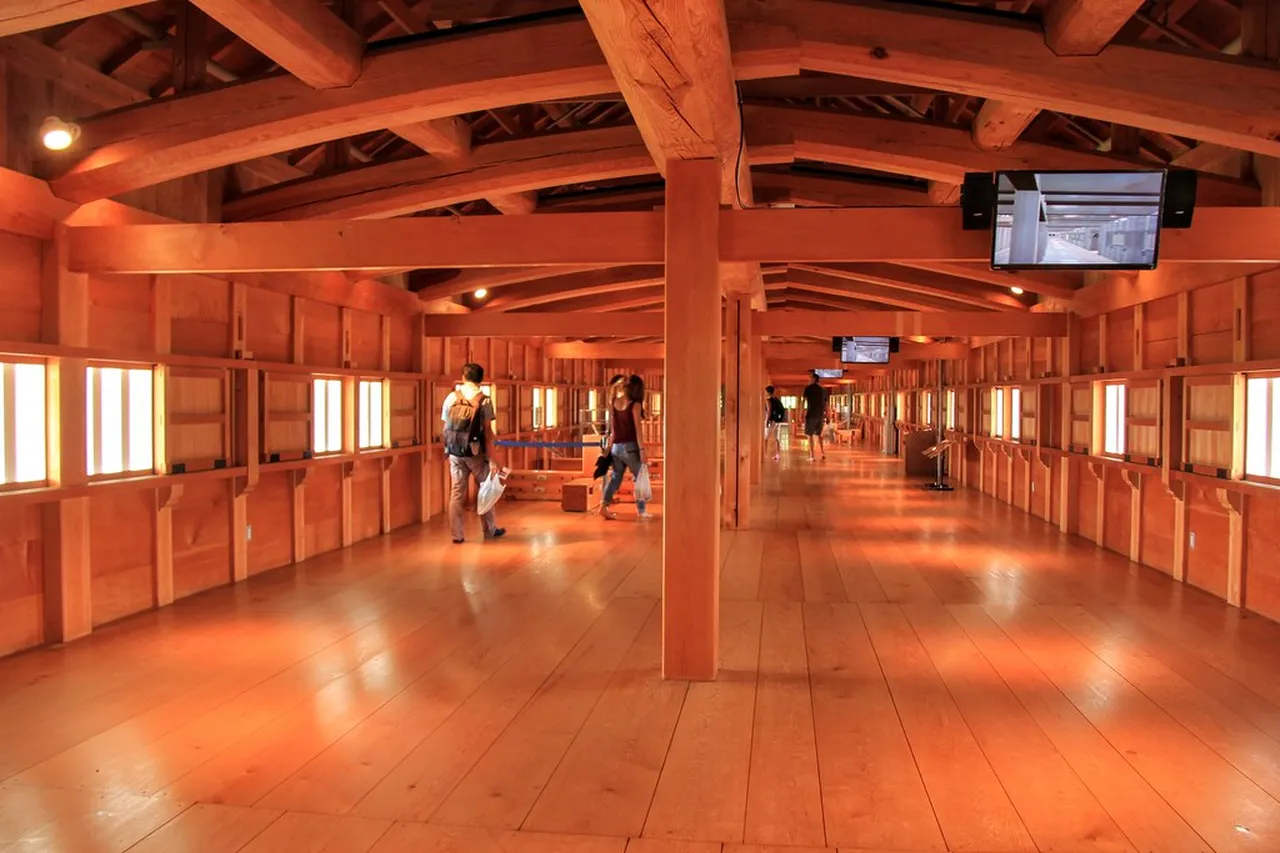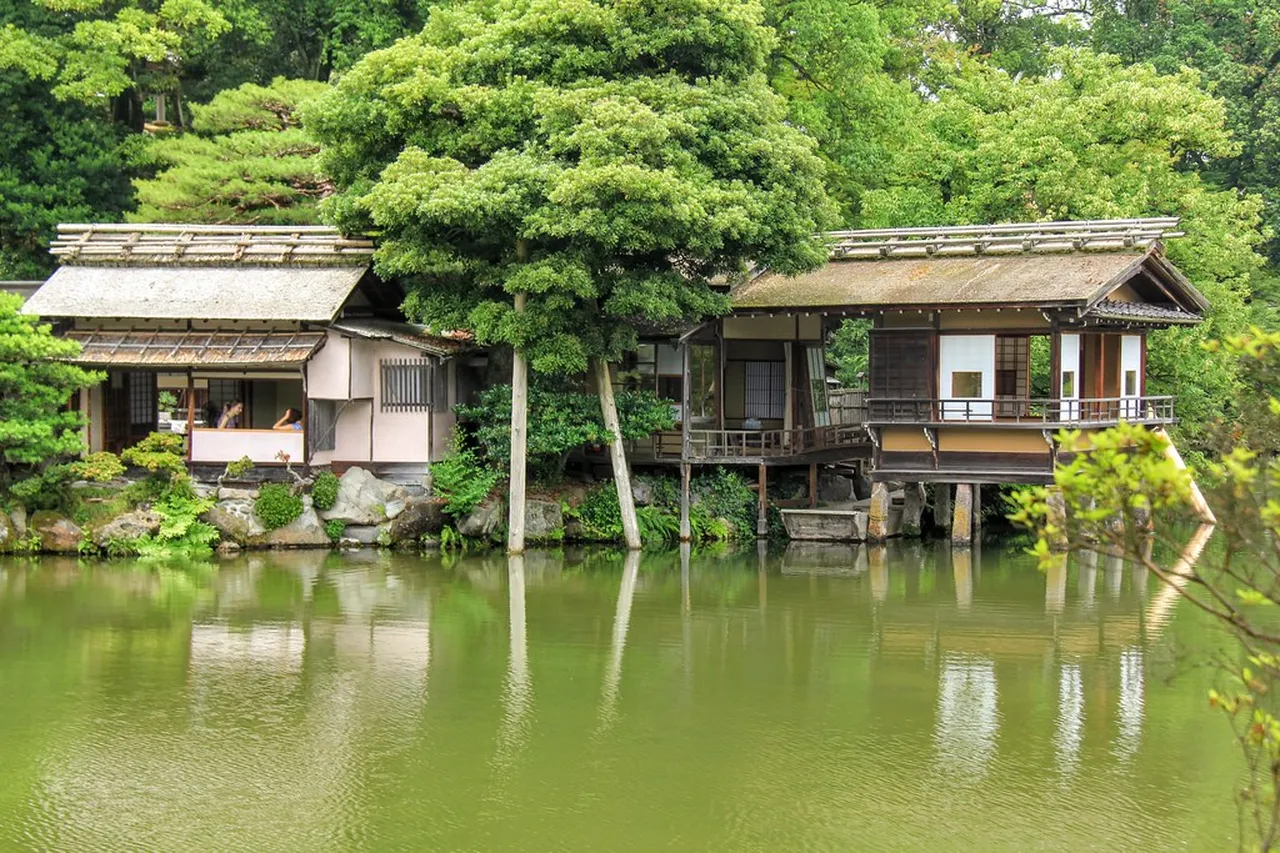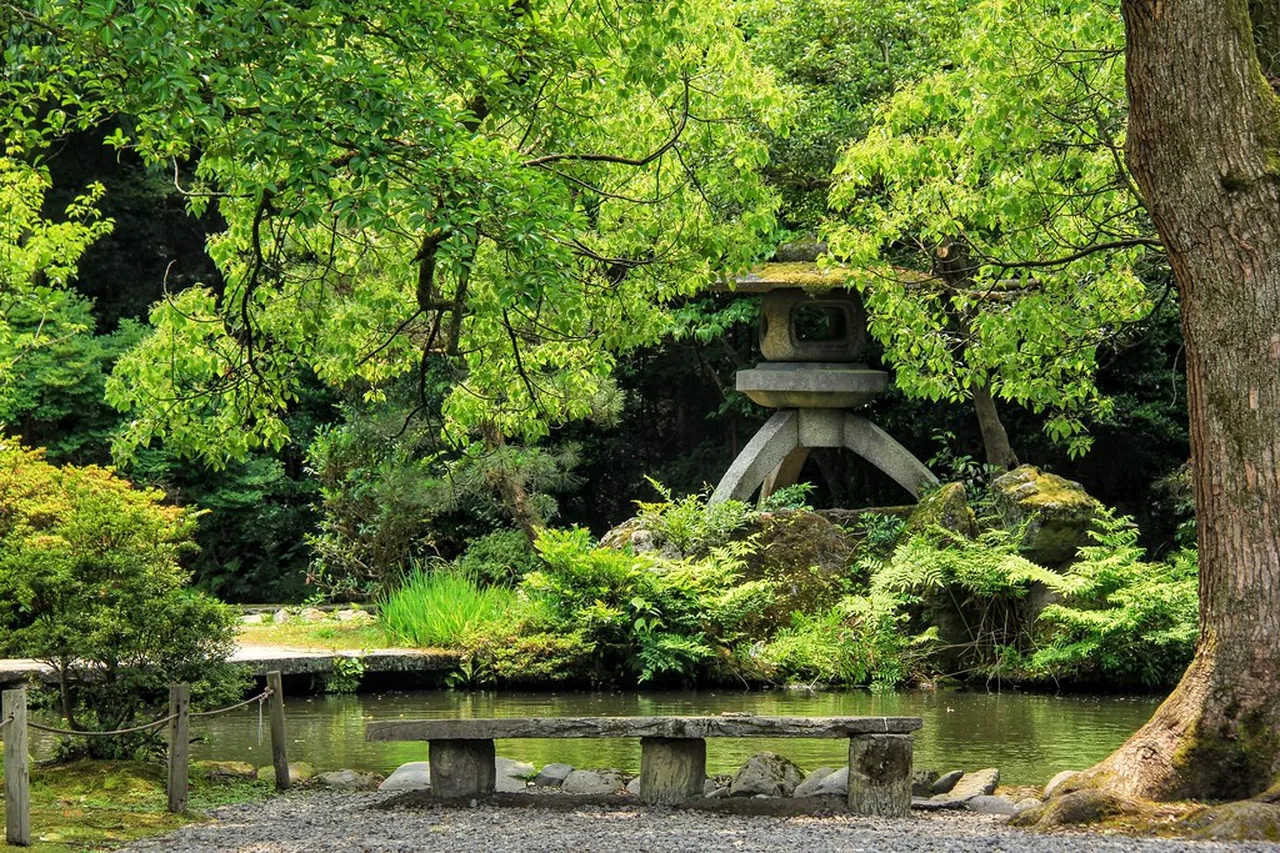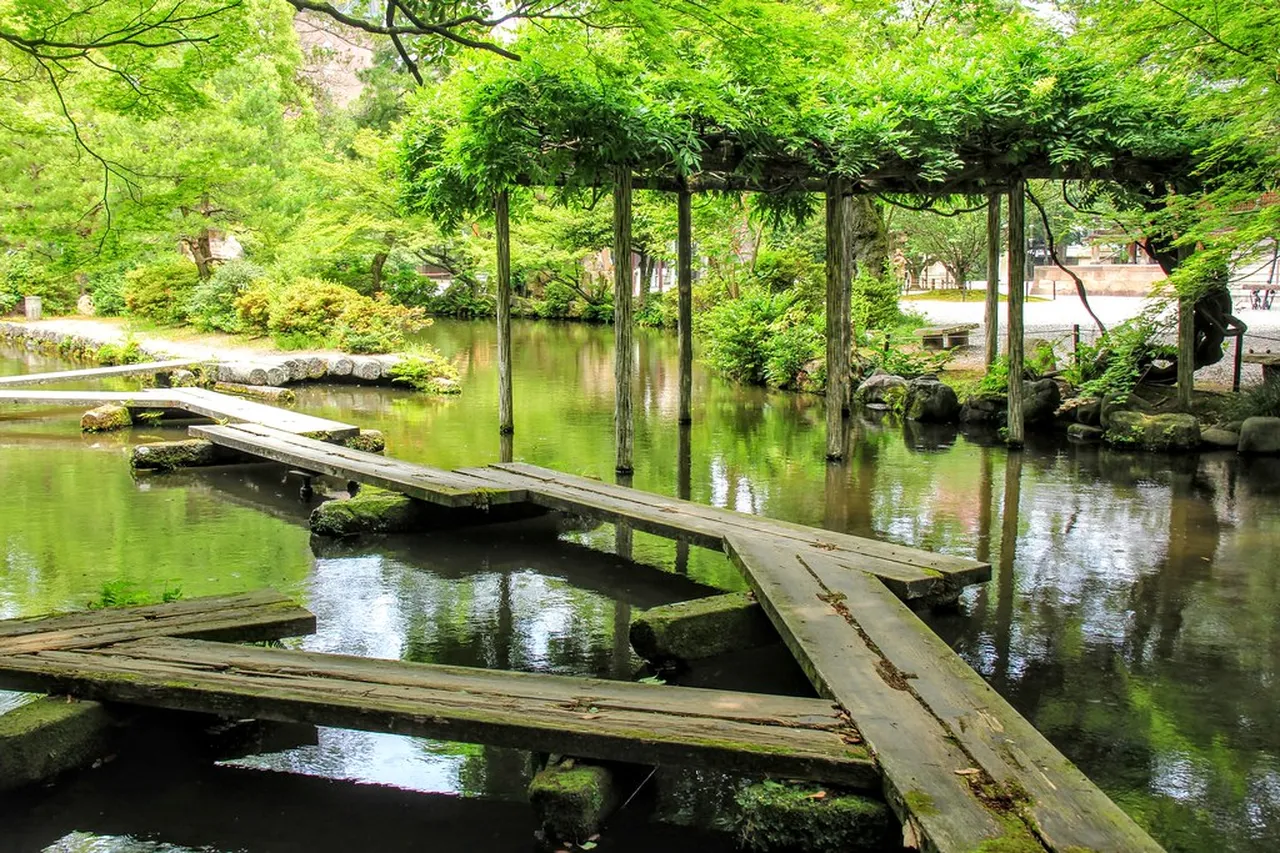
Kanazawa Culture: Unveiling the Rich Heritage of Japan
Table of Contents
Kanazawa Culture
Kanazawa culture is a fascinating blend of history, art, and tradition that defines this beautiful city in Japan. Known for its well-preserved Edo-era districts, Kanazawa is a treasure trove of cultural experiences waiting to be discovered. From the stunning Kenrokuen Garden to the exquisite gold leaf crafts, this city encapsulates the essence of Japanese heritage. In this article, we will guide you through the various aspects of Kanazawa culture, highlighting unique experiences, local traditions, and must-see attractions for an enriching visit. Join us as we delve into the heart of Kanazawa and discover the vibrant culture that makes it a must-visit destination.
Want to find the best travel deals for this destination? adventure planner assistant with our adventure planning specialist!
1. Visiting Kenrokuen Garden: A Masterpiece of Nature

One of the most iconic symbols of Kanazawa culture is the stunning Kenrokuen Garden, often regarded as one of Japan’s three most beautiful gardens. This masterpiece combines natural beauty with artistic landscaping, showcasing seasonal changes that captivate visitors year-round. The name “Kenrokuen” translates to “garden of six attributes,” referring to its spaciousness, tranquility, artificiality, antiquity, water, and outlook.
As you stroll through the garden, you will encounter a breathtaking array of flora, serene ponds, and picturesque teahouses. Notably, don’t miss the striking Kotoji-toro lantern, a symbol of Kenrokuen. Furthermore, the enchanting cherry blossoms in spring and colorful foliage in autumn make it a true visual delight.
“Kenrokuen is a place where the harmony of nature and art meet, offering peace and inspiration.”
2. Exploring the Geisha District: A Glimpse into Traditional Arts

To truly appreciate Kanazawa culture, a visit to the Geisha District is essential. Here, you can explore the cobblestone streets lined with beautifully preserved wooden houses known as ochayas, where geishas entertain guests through music, dance, and traditional games. As I walked through this historical area, the atmosphere was alive with the whispers of the past.
Notable locations include Higashi Chaya, one of the most famous geisha districts, where visitors can enjoy a cup of matcha tea while watching a live performance. Additionally, the Kanazawa Folklore Museum offers insights into the unique customs and traditions of geishas, providing a deeper understanding of this refined art form.
3. Discovering Kanazawa’s Samurai Residences: Echoes of the Past

Kanazawa’s rich history is epitomized in its Samurai Residences, which serve as a testament to the city’s feudal past. These residences, known as nagaya, date back to the Edo period and provide a glimpse into the lives of samurai families. Visiting these well-preserved homes, such as the famous Nagamachi District, is like stepping back in time.
As you explore, you’ll notice distinct architectural styles and beautiful gardens that offer a sense of peace. The Nomura-ke house is particularly noteworthy, showcasing samurai artifacts and elegant rooms that reflect a luxurious yet austere lifestyle. Overall, these immersions into samurai heritage are a must for anyone interested in the depth of Kanazawa culture.
4. The Art of Kaga Yuzen: Vibrant Silk Dyeing Techniques

Kaga Yuzen is an exquisite form of silk dyeing that has become synonymous with Kanazawa culture. This traditional craft is not only about creating beautiful textiles; it’s also a storytelling medium where each hue and motif reflects the local landscape and history. To truly appreciate Kaga Yuzen, visit local workshops where skilled artisans demonstrate their intricate techniques.
During my visit, I discovered that the process starts with hand-drawn designs and progresses through several dyeing stages. Consequently, it requires remarkable patience and expertise. Additionally, the vibrant colors used in this technique are achieved through natural dyes derived from plants and minerals, ensuring both sustainability and uniqueness.
5. Savouring Kanazawa Cuisine: A Culinary Journey
Pro Tip: Book your Kanazawa adventures in advance through Viator for the best deals!

Kanazawa’s food scene is a delightful exploration of flavors, deeply intertwined with its rich cultural heritage. The city is renowned for its seafood, especially fresh sushi and sashimi, due to its proximity to the Sea of Japan. Moreover, local eateries offer traditional dishes like Jibu-ni, a local meat and vegetable stew that warms the soul.
As a traveler, I found that visiting the bustling Omicho Market is a must. Not only can you savor fresh produce, but you might also encounter lively locals sharing their culinary secrets. Ultimately, each dish tells a story, reflecting the essence of Kanazawa culture.
6. Experiencing the Gold Leaf Craft: A Glittering Tradition
Pro Tip: Book your Kanazawa adventures in advance through Viator for the best deals!
One of the most captivating aspects of Kanazawa culture is its gold leaf craft, which accounts for nearly 99% of Japan’s gold leaf production. This dazzling art form transforms items from tea utensils to contemporary art into stunning Highlights that are synonymous with luxury. During my visit, I had the opportunity to see artisans at work, meticulously applying gold leaf with impressive skill.
Moreover, you can even participate in workshops to create your own gold leaf souvenirs. As a tip, make sure to visit during the Kanazawa Gold Leaf Festival to witness this ancient tradition celebrated in full splendor. The experience is not only visually stunning but also deeply enriching in understanding the craftsmanship behind this glittering art.
7. Traditional Festivals of Kanazawa: A Celebration of Culture
Tip: Discover the best Kanazawa experiences with Viator Tours!
One of the most fascinating aspects of Kanazawa culture is its vibrant traditional festivals. These Events serve as a beautiful expression of the city’s rich heritage and community spirit. Throughout the year, visitors can witness numerous celebrations that reflect the history and traditions of the region.
The most famous festival, the Kanzawa Hyakuman-goku Matsuri, draws thousands of participants each year. As you stroll through the vibrant streets during the festival, you’ll be enchanted by colorful floats, traditional clothing, and energetic performances. Moreover, each festival is steeped in local folklore and often includes enlightening cultural exhibitions.
“Experiencing these festivals is like stepping into a *living history book,* showcasing Kanazawa’s rich cultural fabric.”
In addition to festivals, local markets and smaller events offer a unique glimpse into the traditions of Kanazawa. Consequently, participating in these celebrations can deepen your understanding of the city’s culture and community.
8. Visiting the 21st Century Museum of Contemporary Art: Where Tradition Meets Modernity
Insider Tip: Get the most out of your Kanazawa visit with guided tours!
The 21st Century Museum of Contemporary Art in Kanazawa stands out as a beacon of modern artistic expression. Uniquely situated in a city known for its traditional artistry, this museum serves as a remarkable juxtaposition of past and present. Opened in 2004, the museum features a stunning design, featuring a glass structure that invites natural light to fill the space.
Within its walls, you’ll discover a diverse collection of contemporary art from both Japanese and international artists. Notably, the exhibits often reflect the cultural influences of Kanazawa, creating a bridge between historical and modern artistic narratives. Visitors should take time to explore works by renowned artists such as Leandro Erlich and Yayoi Kusama.
“This museum isn’t just a place to view art; it actively engages visitors in the conversation of culture and innovation.”
Overall, a visit to the 21st Century Museum is essential for those seeking to appreciate how Kanazawa’s artistic landscape has evolved while honoring its cultural roots.
9. Engaging with Local Artisans: Preserving Craftsmanship
When exploring Kanazawa culture, engaging with local artisans is an enriching experience that offers insights into the time-honored practices still thriving today. Artisans in Kanazawa are renowned for their mastery in traditional crafts such as pottery, silk dyeing, and gold leaf production.
Visiting studios and workshops allows you to witness the meticulous processes involved in creating exquisite pieces. For example, learning about the intricate techniques behind Kaga Yuzen silk dyeing or gold leafing can provide a deeper appreciation and understanding of these ancestral crafts.
“Support local artisans; they are the bearers of Kanazawa’s rich handmade culture.”
Additionally, many artisans offer workshops where visitors can try their hand at these crafts, making for a memorable and interactive experience. Consequently, connecting with local artisans not only preserves their craftsmanship but also enriches the cultural tapestry of Kanazawa.
10. The Influence of Kanazawa’s Nature on its Culture
Insider Tip: Get the most out of your Kanazawa visit with guided tours!
Kanazawa is enveloped by nature, and this profoundly influences its Kanazawa Culture. The city is blessed with a beautiful landscape, including mountains and the Sea of Japan. First and foremost, the lush greenery and seasonal changes inspire local art, crafts, and cuisine. For instance, the vibrant colors of cherry blossoms in spring and the warm hues of autumn leaves become central themes in various art forms.
Furthermore, many traditional festivals reflect the rhythms of nature. They are typically aligned with seasonal changes, celebrating harvests or seasonal beauty. As such, these customs provide an opportunity for both locals and visitors to appreciate the deep connection between nature and culture. Indeed, the fusion of natural beauty and artistic expression creates a unique cultural tapestry that defines Kanazawa.
11. Exploring the National Arts Museum: Cultural Treasures of Kanazawa
The National Arts Museum in Kanazawa is a haven for art lovers seeking to delve into the Kanazawa Culture. Established to showcase Japan’s rich artistic heritage, this museum houses an impressive collection of contemporary and traditional works. Specifically, the striking architecture of the museum itself harmonizes with our understanding of modern and historical art forms.
Transitioning from one exhibit to another, visitors experience a narrative that weaves together Kanazawa’s artistic evolution. The museum not only Highlights local artists but also features renowned national talents. It’s a great idea to spend time exploring each gallery, as you may discover recent masterpieces alongside traditional Kanazawan aesthetics.
Don’t rush your visit; each section holds a story worth unraveling.
12. Learning about Kanazawa’s Historic Market: A Cultural Hub
When visiting Kanazawa, the Hakukokan Market offers a vibrant glimpse into the daily life and Kanazawa Culture. As a historic marketplace, it has been a vital hub for local commerce and social interaction for centuries. Here, you can experience the lively atmosphere while sampling fresh seafood, seasonal produce, and traditional snacks, all sourced from local farmers and fishermen.
This market is more than just a place to shop; it’s an embodiment of Kanazawa’s culinary richness. Visitors can engage with friendly vendors who often share the stories behind their products, making it a proud showcase of local tradition. Furthermore, exploring the market allows tourists to connect with the community and understand how food shapes cultural identity. Thus, it serves as both a gastronomic delight and a cultural experience.
13. Embracing the Serenity of Japanese Tea Ceremony in Kanazawa
The Japanese tea ceremony is more than just drinking tea; it is an expression of Japanese culture and mindfulness. In Kanazawa, participating in a tea ceremony can transport you into a world of tranquility. You will discover that every movement and detail has profound meaning.
During my visit, I learned that the ceremony emphasizes harmony, respect, purity, and tranquility. Firstly, guests are invited to enjoy the meticulously prepared matcha tea, served in a serene setting. Thus, engaging all senses, from the delicate aroma to the soothing sound of water boiling, is an integral part of this experience.
Moreover, Kanazawa’s tea schools offer workshops where visitors can immerse themselves in the art of the tea ceremony. Participating in one such workshop enriched my understanding of this beautiful tradition and its significance, especially within the local culture. Therefore, it is an unforgettable experience that exemplifies Kanazawa culture.
14. Walking Through the Nagamachi District: The Heart of Kanazawa Culture
Insider Tip: Get the most out of your Kanazawa visit with guided tours!
Insider Tip: Get the most out of your Kanazawa visit with guided tours!
The Nagamachi District is a preserved area that showcases the history of samurai families in Kanazawa. As you stroll through its narrow, winding streets, you will feel like you’ve stepped back in time. The atmosphere is imbued with Kanazawa culture, evident in the traditional wooden houses and beautifully manicured gardens.
While exploring, be sure to visit the Nomura Samurai House, which offers insights into the lives of samurai during the Edo period. Additionally, you can find exhibits showcasing their impressive armory and art collections. Importantly, the serene canals that meander through the district further enhance its charm.
Importantly, walking through Nagamachi allows you to engage with local artisans and maybe even witness them at work. Thus, this experience provides a deeper understanding of Kanazawa’s rich cultural landscape and its commitment to preserving heritage.
Kanazawa culture is a radiant tapestry woven from its rich history, stunning art, and delightful cuisine. Each experience, from wandering through the tranquil Kenrokuen Garden to savoring its unique culinary delights, offers a deeper understanding of this captivating city. As you plan your visit to Kanazawa, immerse yourself in its vibrant culture and make memories that last a lifetime. Which aspect of Kanazawa culture are you most excited to explore? Join the conversation in the comments below and share your journey with us.